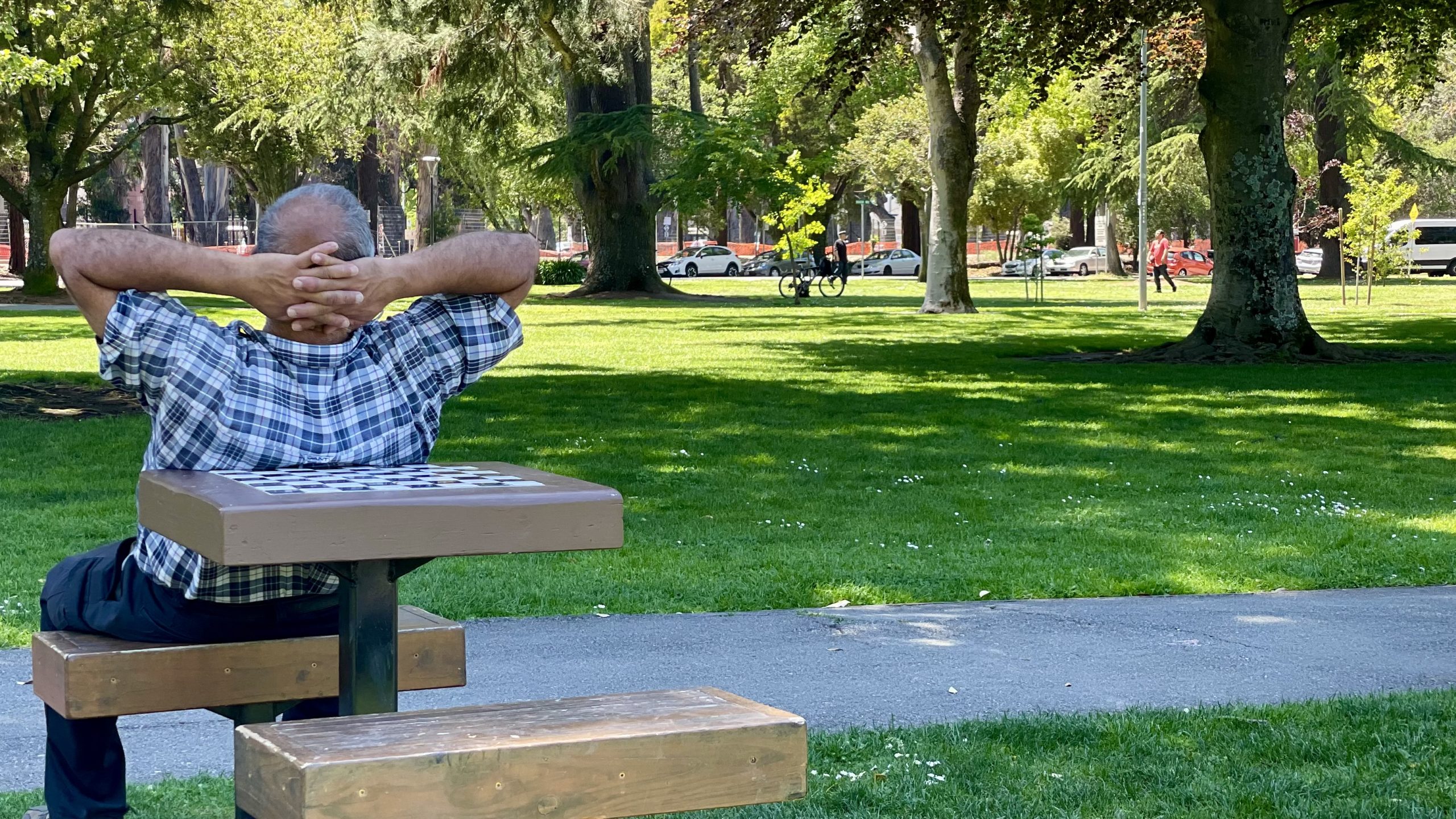

Connecting People

Small acts of connecting people can change someone’s life. In 2001, I experienced this firsthand when a friend at Microsoft made a quick introduction to someone at eBay. It led to a job that became a significant part of my life and career.
Since then, I’ve made it a point to help others in the same way. I’ve connected friends with potential hiring managers, people who work at educational institutions, and even dates ?. It’s easy to do, and it can make a meaningful difference in someone’s life.
Unfortunately, some people guard their relationships and even resort to games of “stealing” friends away from others. Lame!
Of course, there are caveats. I only connect people I know and trust, and I don’t bombard powerful connections with requests. But if I think an introduction would benefit both parties, I ask if they’d be open to it.
An abundance mindset in connecting people makes the world better.
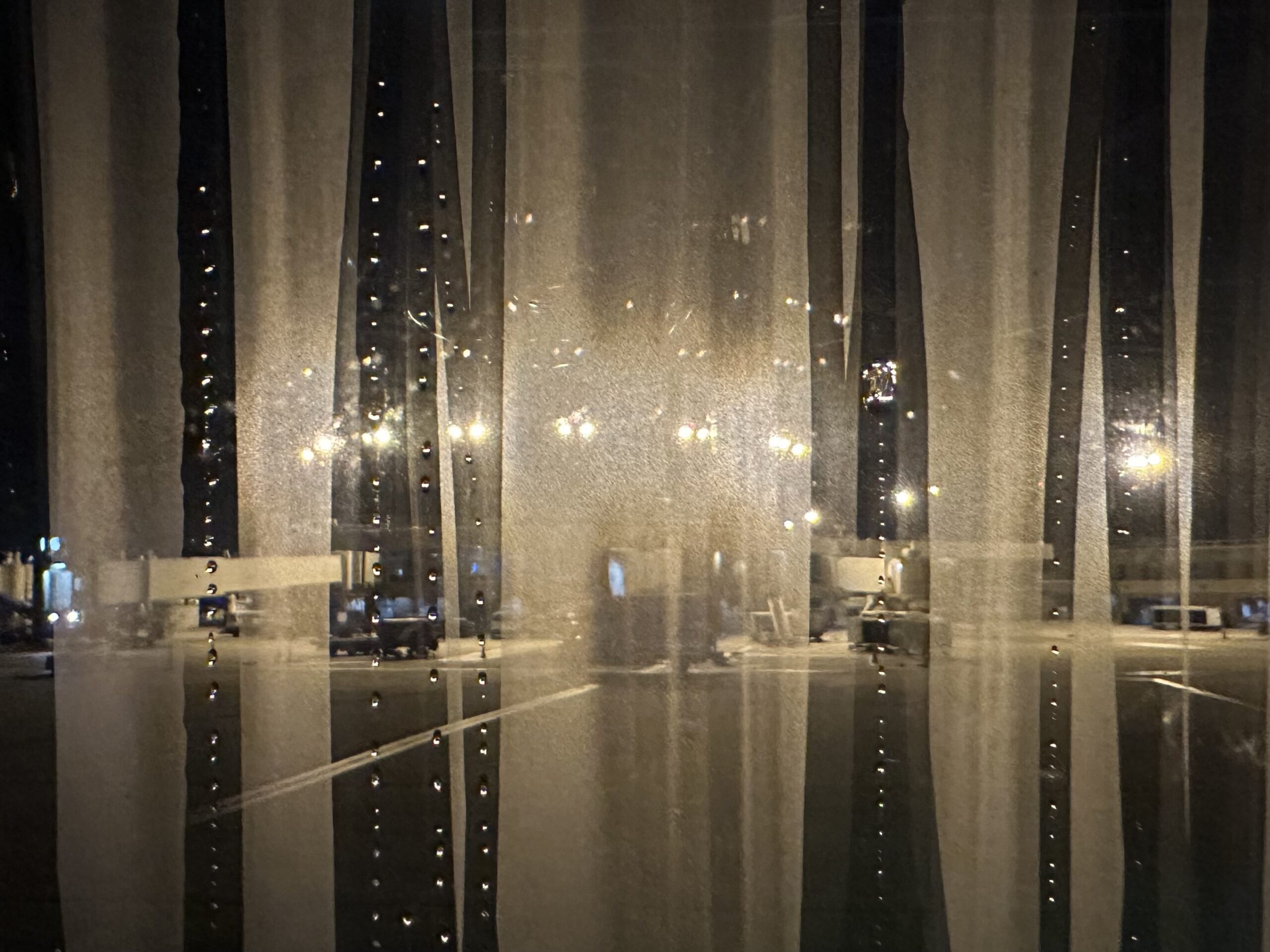
Just 5 minutes
One of the challenges of being an adult is wanting to do more things than you have time for. Maybe this is a challenge of being human?
Usually the urgent prevails over the important. I’ve tried to overcome this prioritization problem in many ways: doing things on the weekend, putting it in my to-do app, telling people about it for accountability, signing up with a tutor (hi Spanish).
Nothing has stuck. When there’s too much to do, it’s easy to ignore, delete, or cancel.
At the end of last year, the team at Ultraworking launched a new year resolutions challenge. They built a website specifically for this challenge called Last Resolution Standing, and the last day to sign up was Jan 1.
Everyone picked a resolution that could be done either:
- first thing in the morning, or
- 5 minutes a day
As a not-a-morning-person-at-all person, I chose 5 minutes a day. And I decided I wanted to revisit Economics. It was my undergrad major, but I felt I remembered nothing. So I got a PDF textbook and spent 5 minutes a day on it.
Fortunately, I did remember a lot of it—and today it seems like so much more fun than when I was actually studying it. And I’m now 5 chapters in, which is more progress than I thought I’d make with such a small time commitment.
Sadly, the Last Resolution Standing streak ended for me on the 19th (my first day at Sundance), and I’m not allowed to use the app anymore. I’m ranked 31st of 159 participants. Most people stopped quite early (Jan 13th is known as “Quitters Day” – the day by which most resolutions are done and dusted). But there are still 14 people in the running, which is really cool.
While I couldn’t use the challenge as a motivation, I could just re-start the habit. So I downloaded the Streaks app, and I’ve been continuing my 5 minutes a day of Econ reading.
Compared to everything else I’ve done, this feels really easy. I set a timer for 5 minutes either on my phone or on this cute timer I bought through their Kickstarter (what’s the point of a new habit if you can’t buy a little tchotchke?) and open up the textbook. There are times I get into it and have more time on my hands, so I just keep going. The lack of pain with this method is seriously amazing.
And the key is that I’m not obsessing about the streak. If I break it, great, I just continue the next day. I’ve found when I overdo things, the pendulum swings hard in the other direction.
I’m going to experiment. I’m sure this, too, will fall on the floor at some point. But my goal is to pick it back up quickly and continue. The goal is to keep it light and also easy to do (i.e. accessible any time you have the 5 minutes). That seems like the key.
Want to join me? Let me know what ritual you’re starting. And I’ll let you know how long I keep mine going.
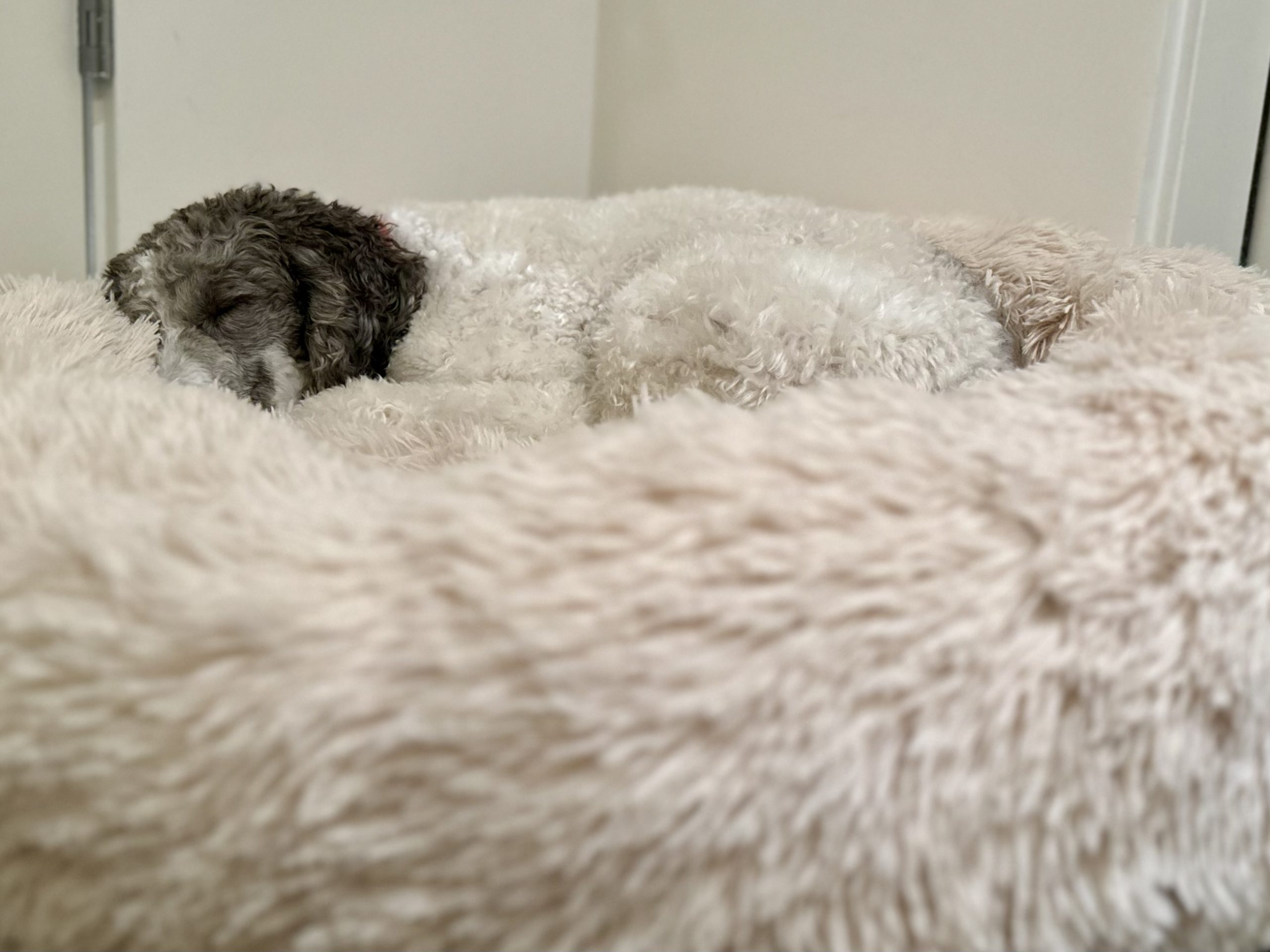
#BeOneWithThePouf
Where does the pouf end and Rio begin?
Sundance
I miss my “old way” of blogging.
I’ve been blogging since September of 2006. When I started, it was mostly for myself. To try out a new medium, to capture what I was thinking—and also to connect, to share, and to have a conversation with a group of friends, most of them made on the internet.
To bring back the lightness, I’m going to return to blogging of that ilk. What’s on my mind, what I’m thinking about and doing. I hope it will start some good conversations! And I think it will be good for me, too.
Some recent news —
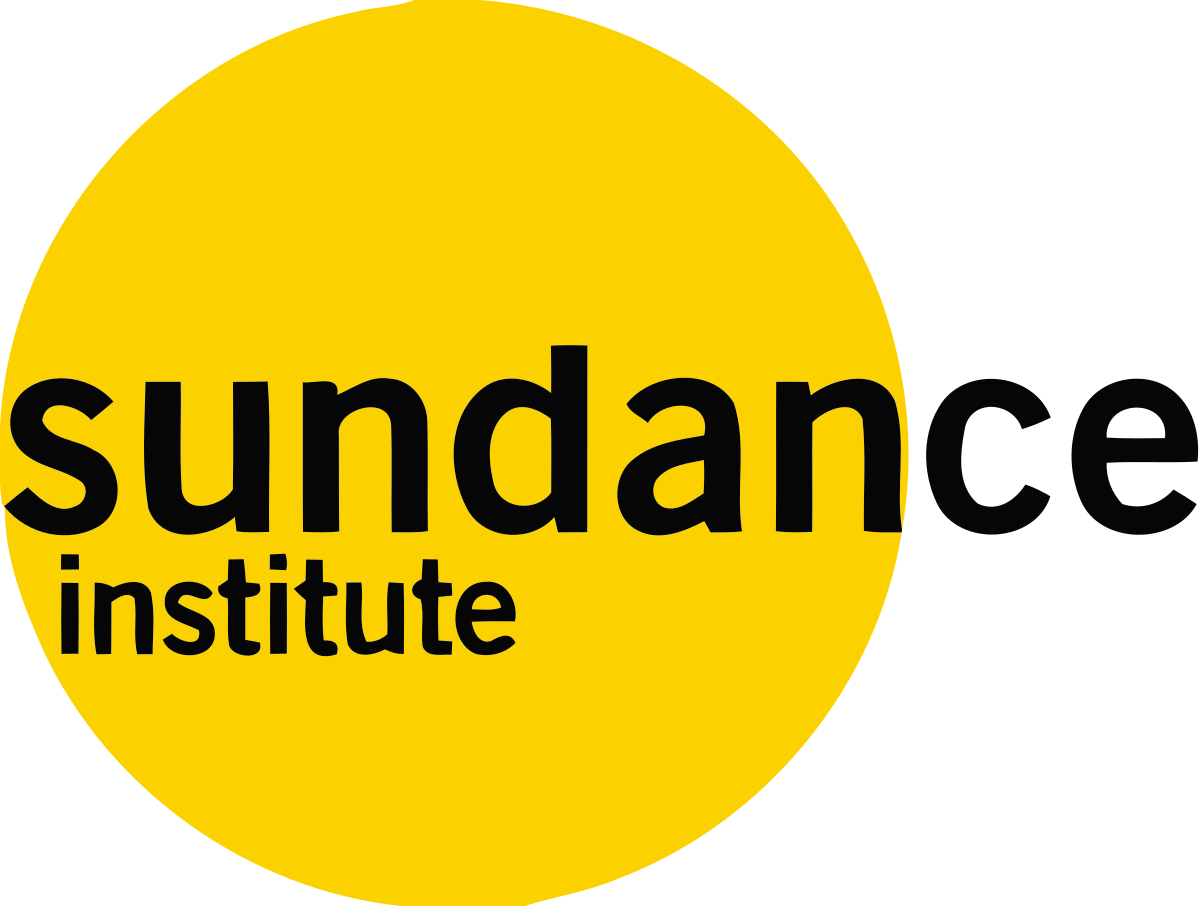
Because I’ve focused on tech and investing for the past few years, filmmaking was forced to take a back seat. And last year, if I had to think about how I could bring film back into my life and contribute to film, joining a board wouldn’t have crossed my mind.
But by happenstance, I was asked to interview to be on the board of The Sundance Institute, which is like Y Combinator for the film world. While it may be best known for the annual Sundance Film Festival, Sundance also has the vitally important Sundance Labs, which brings in talented independent filmmakers and supports them across their lifecycle via writing/directing labs, along with grants for editing, TV, and VR. Not only does Sundance help artists in their journey, which is often very lonely, but it also provides them with connections to agents, managers, and other players in the industry who can help them. The Labs help identify talented filmmakers and set them on a path.
Sundance was started in Utah in 1981 by Robert Redford with the explicit goal of supporting independent filmmaking, and it was the first true creator community. They launched the careers of Quentin Tarantino, Steven Soderbergh, Richard Kelly, Darren Aronofsky, Debra Granik, Ryan Coogler, Chloe Zhao, Dee Rees, and many others.
Covid has been hard for all film festivals, but Sundance pivoted to offer online festivals in both 2021 and 2022. This year, it will be both in-person and online in the second week.
Sundance has been a driving force in independent film. I’m excited to dedicate some of my time to helping the organization think through the years ahead.
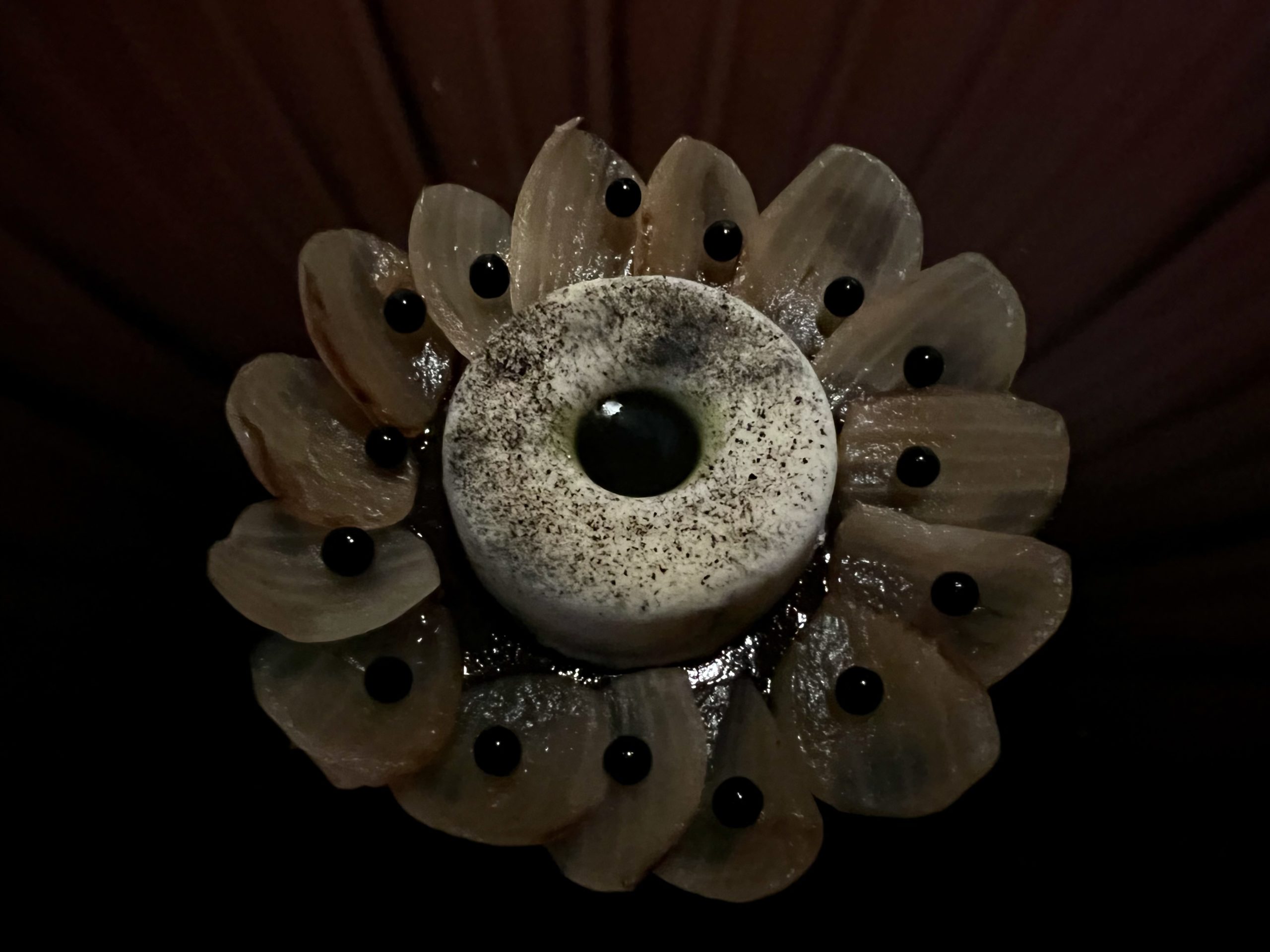
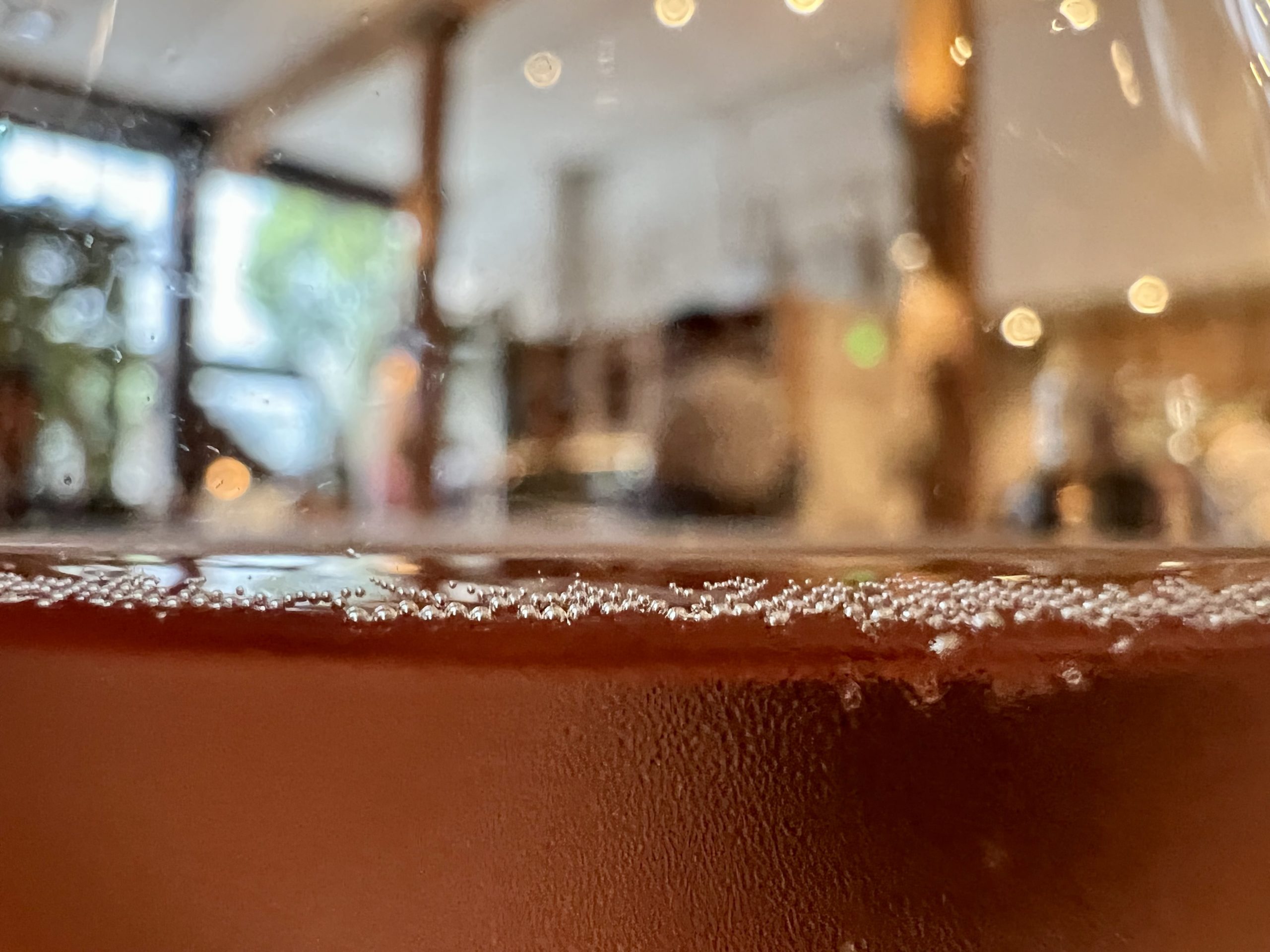
Corvus & ending drudgery
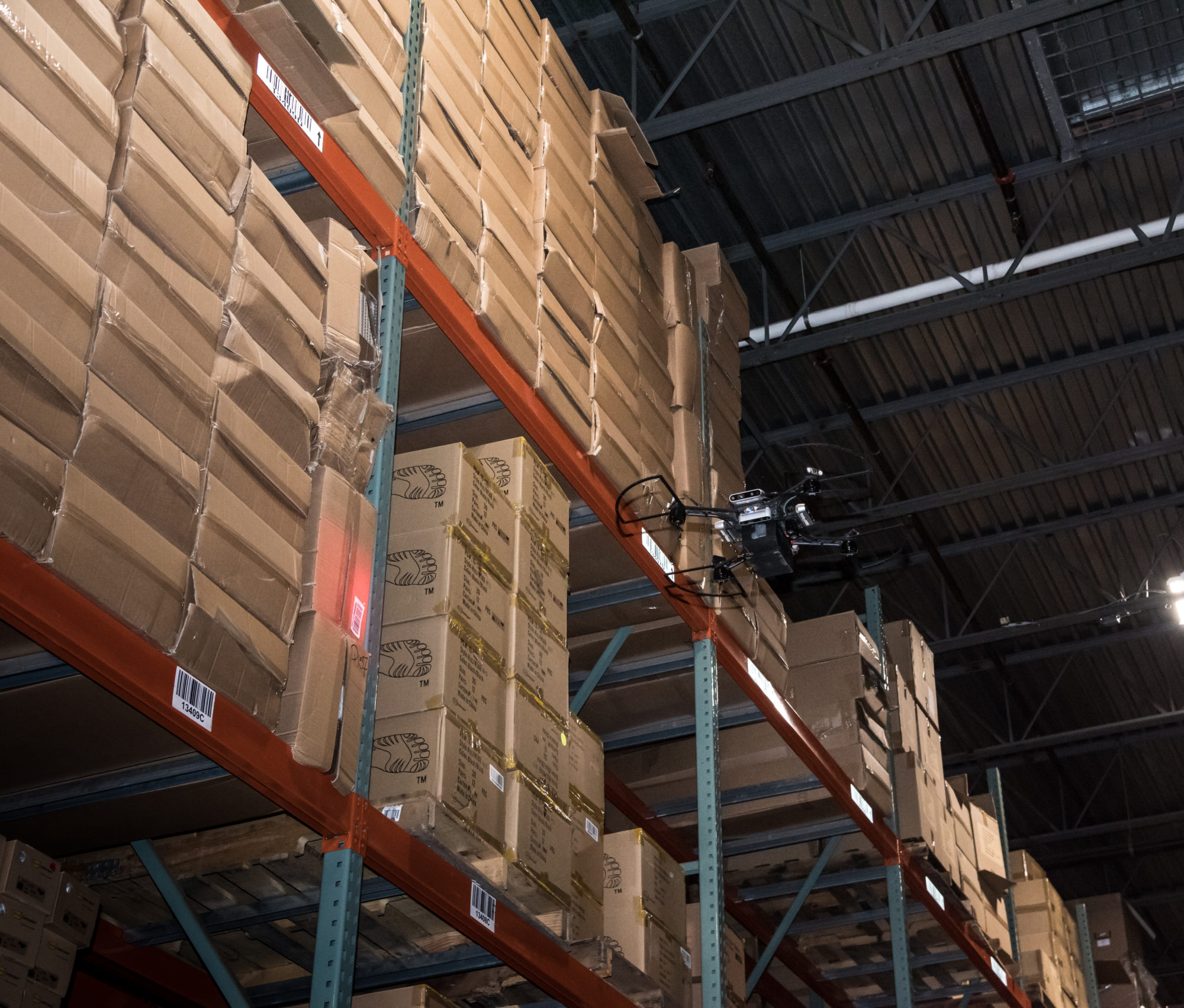
Inventory reconciliation today is a manual job, and every single manufacturer and warehouse has to get it done.
Here’s the whole job:
- Climb into a forklift or bucket truck
- Scan each box at that level of the rack
- Lower the platform down to the next level of the rack
- Scan each box at that level
- Move the forklift over by 4 feet, to the next horizontal section of rack
- Repeat.
At almost every stage of human development, after a new invention speeds up most menial and repetitive tasks, we look back at how primitive we used to be. We think, “That old way of doing things was such a terrible use of a creative, thinking, feeling human being’s time.” This will be true for this list of intense drudgery, too.
My first job out of college was at a manufacturing company. And as much as I love software and living and working online, I use the physical goods made in a factory to live every part of my life.
Manufacturing should be an engine for any country. The type of manufacturing that a country focuses on could change based on their level of automation, but ignoring it is a mistake.
As I think about the future of manufacturing in the US, I see a lot of intensely drudgerous work that humans don’t want to do unless they absolutely have to. It’s possible to give people a better standard of living with more meaningful work. But first we need to build some infrastructure to make that possible—including reshoring, re-educating, and making machines remotely operable.
The US needs a thriving manufacturing sector. At the same time, we should unleash human potential to address higher-order problems.
We recently invested in Corvus Robotics, which moves us forward in both of those areas. Corvus builds autonomous drones that can scan inventory efficiently by flying through the aisles. The drones can fly 24 hours a day, even in a dark warehouse. And once they’re done with a flight, they land back on their docks, and the data is uploaded.
Does Corvus replace humans who used to do this job? Yes. And it collects the data faster, cheaper, and more efficiently, and it also provides insights that a human couldn’t. Because the drone is taking pictures instead of only scanning bar codes, it can also provide important information on which shelves are partially empty. As Corvus roll out more products, they will be able to track the movement of inventory more accurately in a way a human (or group of humans) cannot.
And equally importantly, the humans are now freed up to do safer and more interesting jobs.
I’m excited for the future that Corvus and others like them will build!
P.S. If you’re building software in any part of the manufacturing process, please get in touch.
